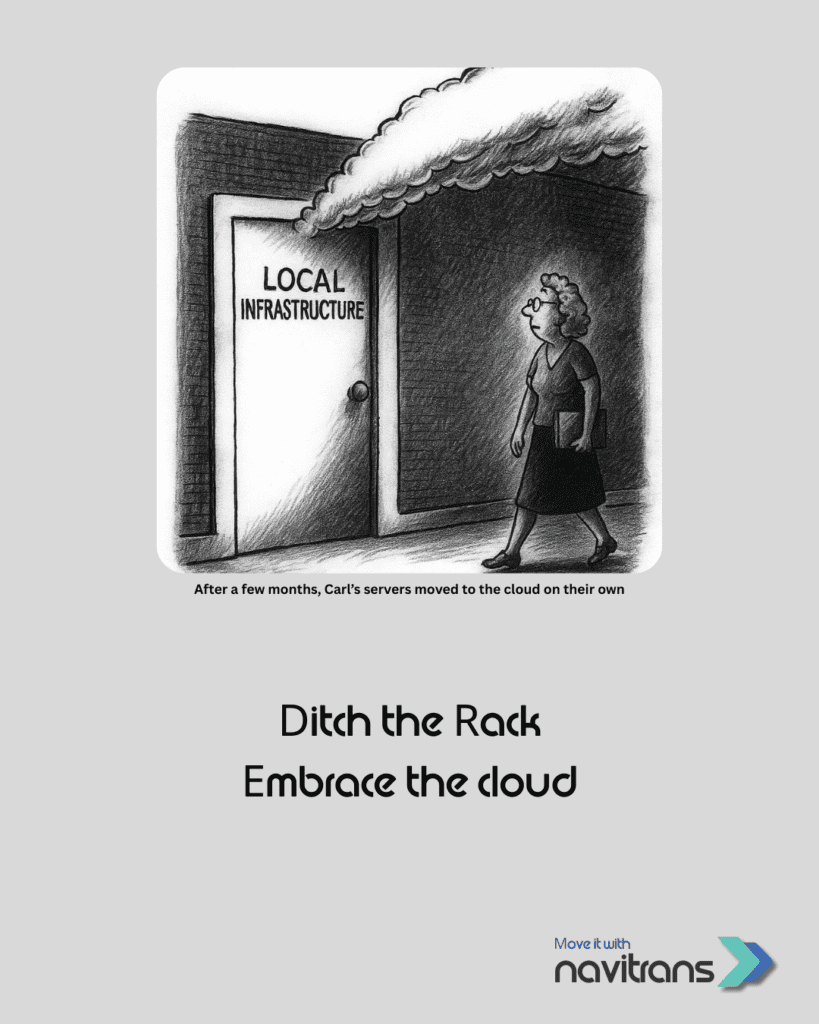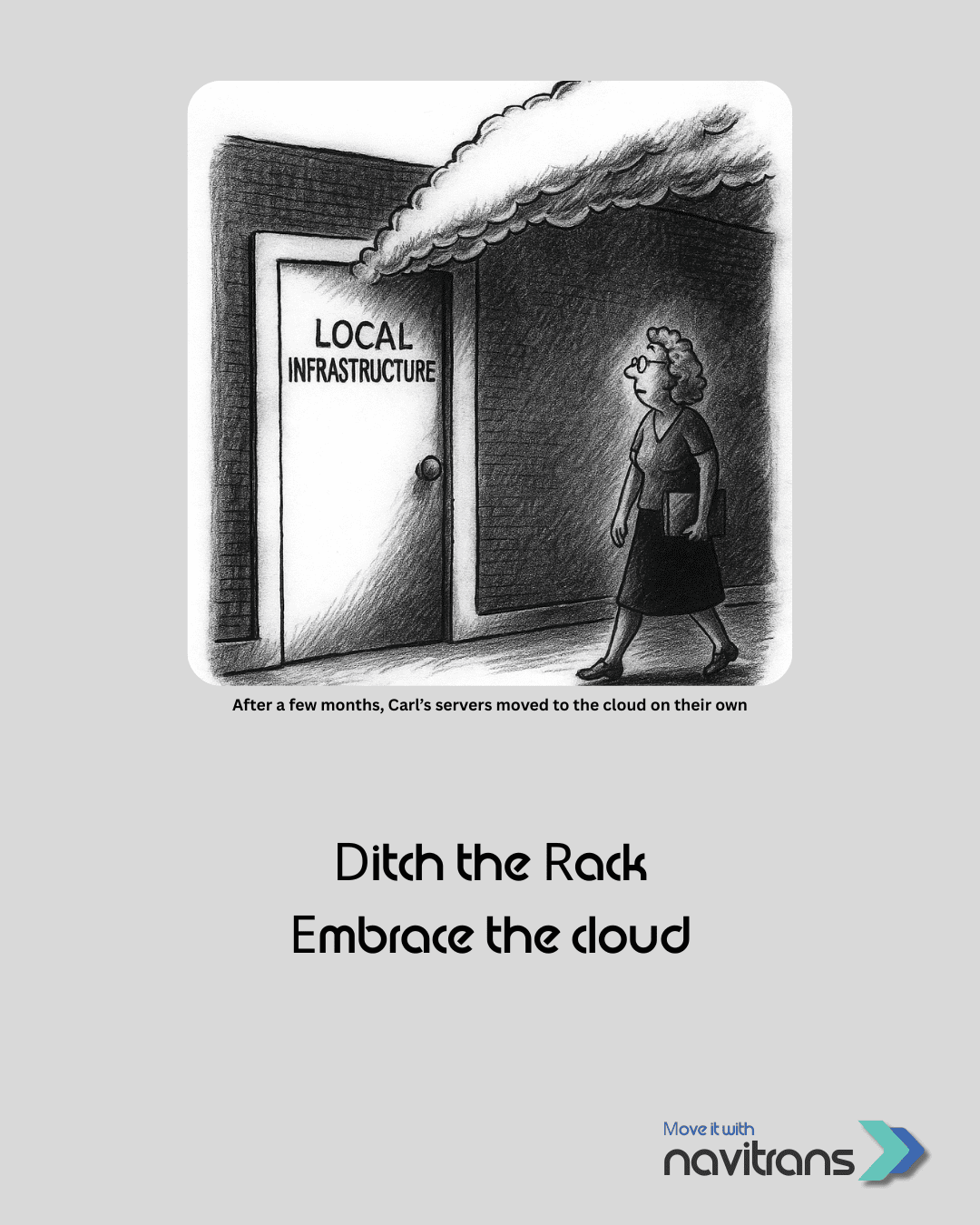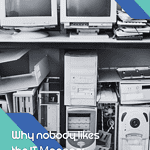Still running Local Infrastructure in 2025? That’s cute.
As we enter the era of NIS2, keeping your business on local infrastructure isn’t just outdated, it’s becoming outright dangerous. Between evolving cyber threats, new compliance demands, and aging hardware, running your own servers today is like juggling flaming swords while standing on a landmine.Let’s take a hard look at why your beloved on-prem setup might actually be your biggest liability and how NIS2 turns that liability into a regulatory time bomb.

“You break it, you bought it.”
Running your own infrastructure means you’re responsible for everything, security, patching, power outages, air conditioning, and the occasional coffee spill that somehow takes out the firewall. The NIS2 Directive doesn’t care if you’re a small logistics firm or a multinational freight handler. If your systems are critical to operations, you’re expected to have documented risk analysis, incident response plans, disaster recovery, and business continuity measures. Spoiler alert: a dusty tape backup labeled “2022 Final Real This Time” won’t cut it.
“Hope is not a security strategy—and NIS2 knows it.”
Cybersecurity: The Lazy Hacker’s Paradise
If you think your business isn’t a target, think again. Most attacks today are automated, opportunistic, and devastatingly efficient. That unpatched legacy server humming quietly under Steve’s desk? It might as well have a neon sign saying “Free Access : No Password Needed. NIS2 requires active detection, mitigation, and reporting of cyber incidents. If you’re depending on manual monitoring and tribal knowledge to secure your systems, you’re already out of spec.
“A breach used to be a disaster. Now it’s also a compliance violation.”
Compliance Without Cloud? Good Luck
Being secure isn’t enough anymore, you have to prove it. That means logs, versioning, policy enforcement, and auditable processes. Cloud environments usually include these features by default. Local infrastructure? You’re building it all yourself, often on outdated tools that barely support automation. And if the auditor comes knocking, saying “We thought Steve had it under control” is not going to hold up in the report.
“Your server may be on-prem, but your liability is global.”
Cloud Is a Compliance Strategy Now
Modern platforms like Microsoft Dynamics 365 Business Central with Navitrans take a shared responsibility approach. You stay in control of your business processes, while the infrastructure provider handles things like patching, redundancy, and system hardening, key elements NIS2 is looking for.
This isn’t just modernization, it’s survival planning. In 2025, local infrastructure isn’t an IT decision. It’s a business risk that regulators are watching very closely.
“Migrating to the cloud isn’t a luxury. It’s a legal shield.”
Here’s a final thought
If your entire business runs on infrastructure that could be taken down by a power surge, a ransomware attack, or someone tripping over a cable, your problem isn’t technical. It’s existential. And with NIS2 looming, the consequences of staying local are growing by the month.
So, before the next audit, or worse, the next incident, ask yourself
“ Is our infrastructure ready? Or are you just hoping the storm passes?”
Need help migrating your Navitrans solution before the storm hits? Let’s make a plan. One that doesn’t involve Steve duct-taping the backup drive again. Contact our Sales Department and let’s see what we can do for you.









